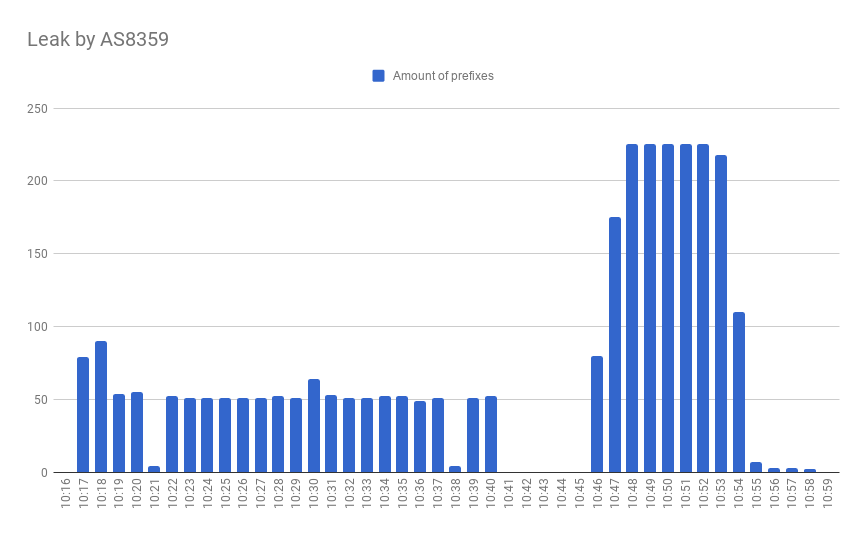
There would be no TL;DR in this article, sorry.
Those have been three months that genuinely changed the world. An entire lifeline passed from February, 1, when the coronavirus pandemics just started to spread outside of China and European countries were about to react, to April, 30, when nations were locked down in quarantine measures almost all over the entire world. We want to take a look at the repercussions, cyclic nature of the reaction and, of course, provide DDoS attacks and BGP incidents overview on a timeframe of three months.
In general, there seems to be an objective pattern in almost every country’s shift into the quarantine lockdown.

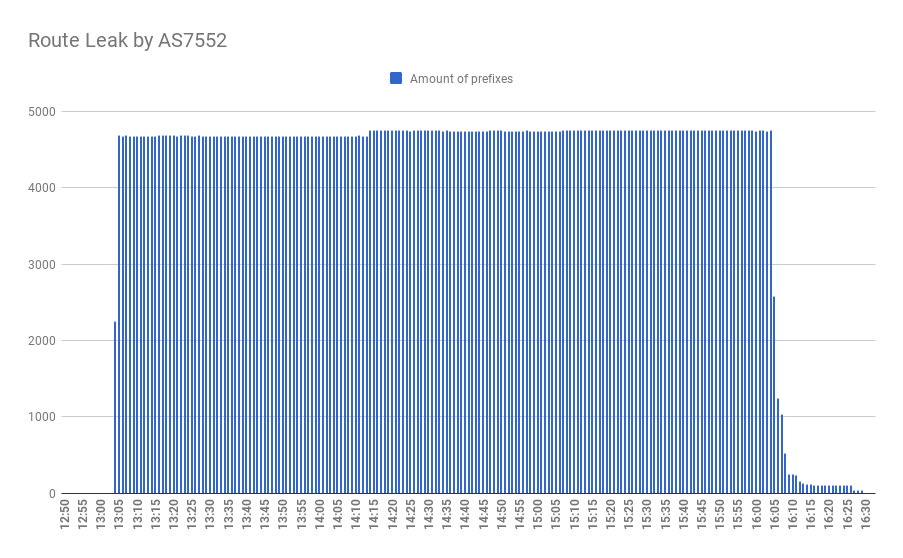
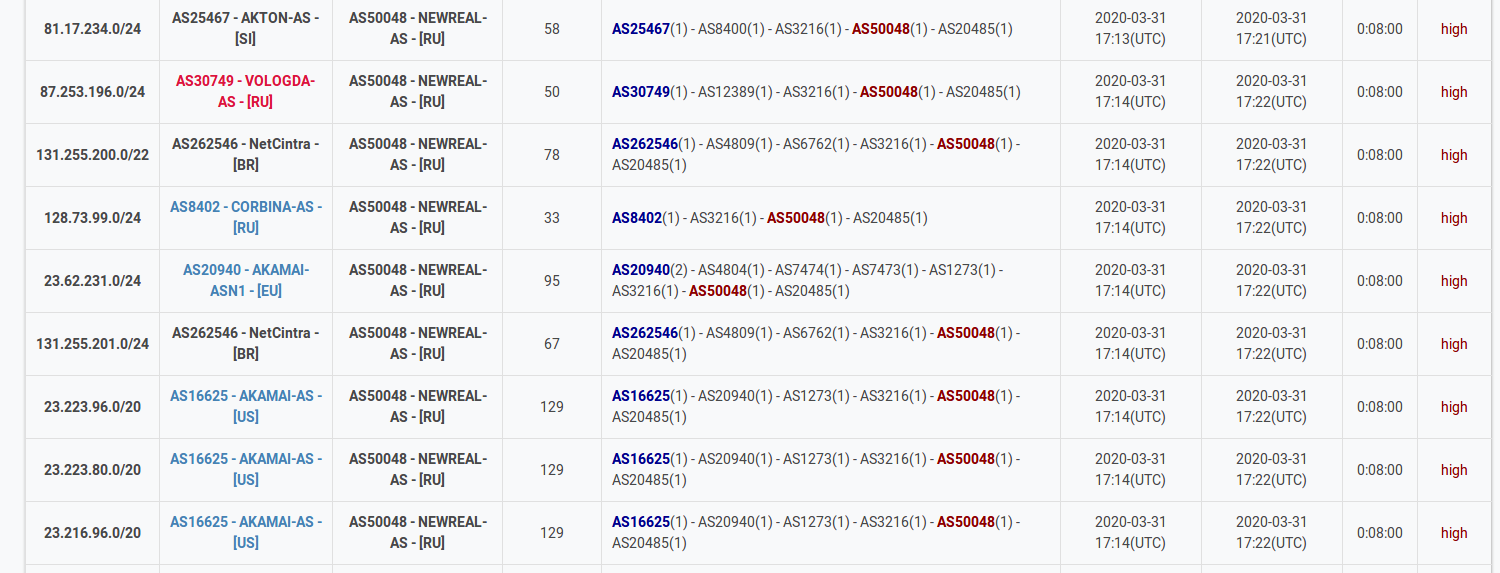
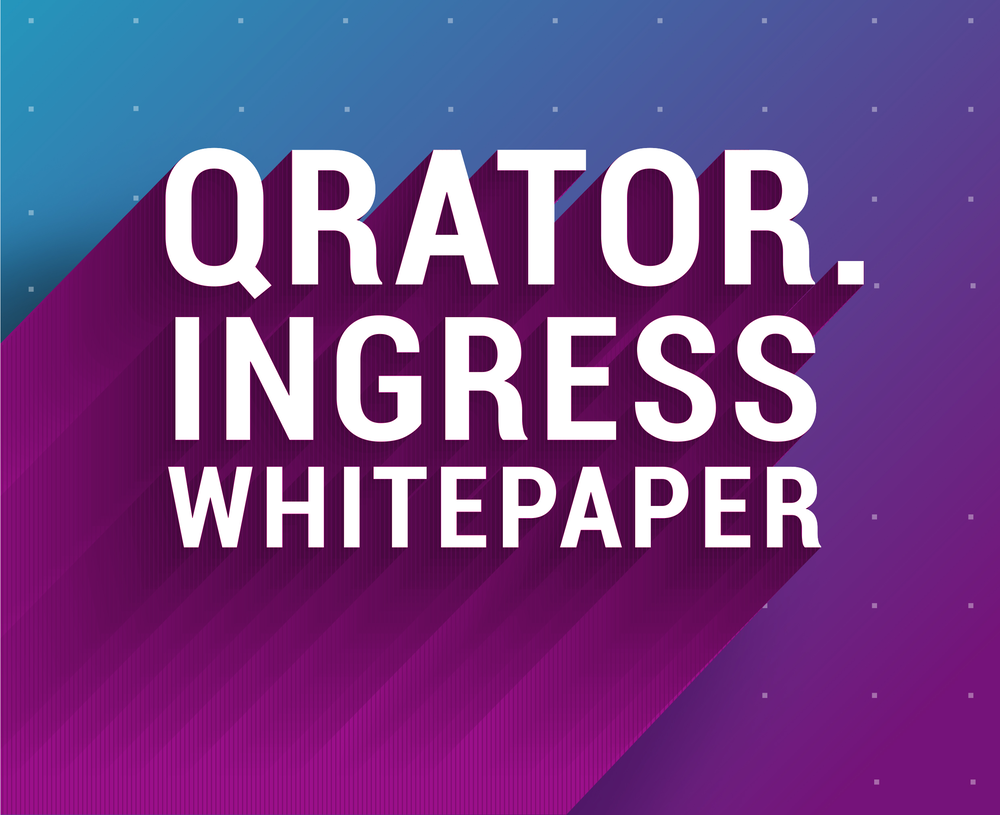

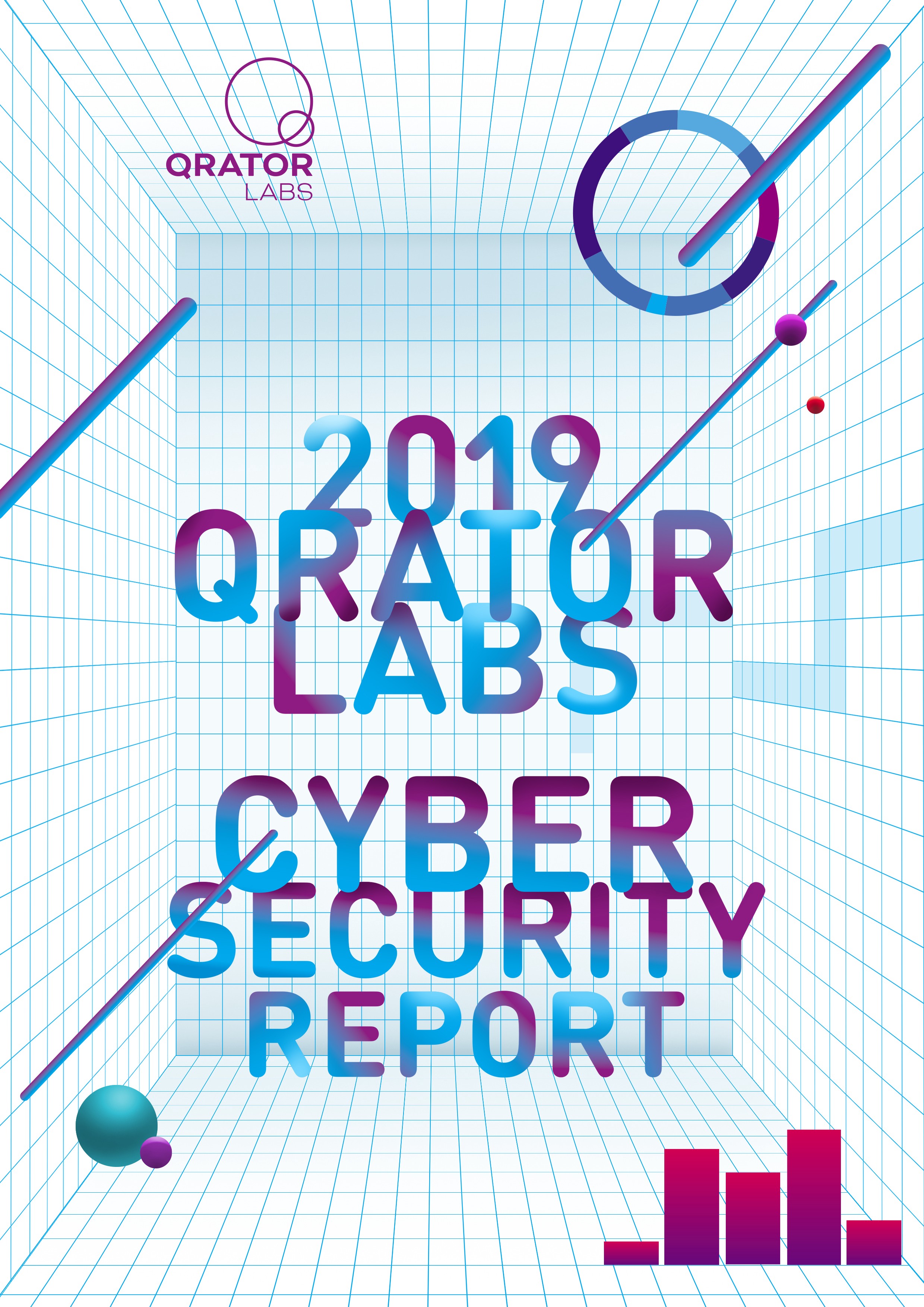 Closely watched events of 2019
Closely watched events of 2019